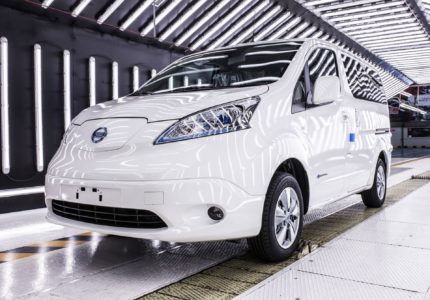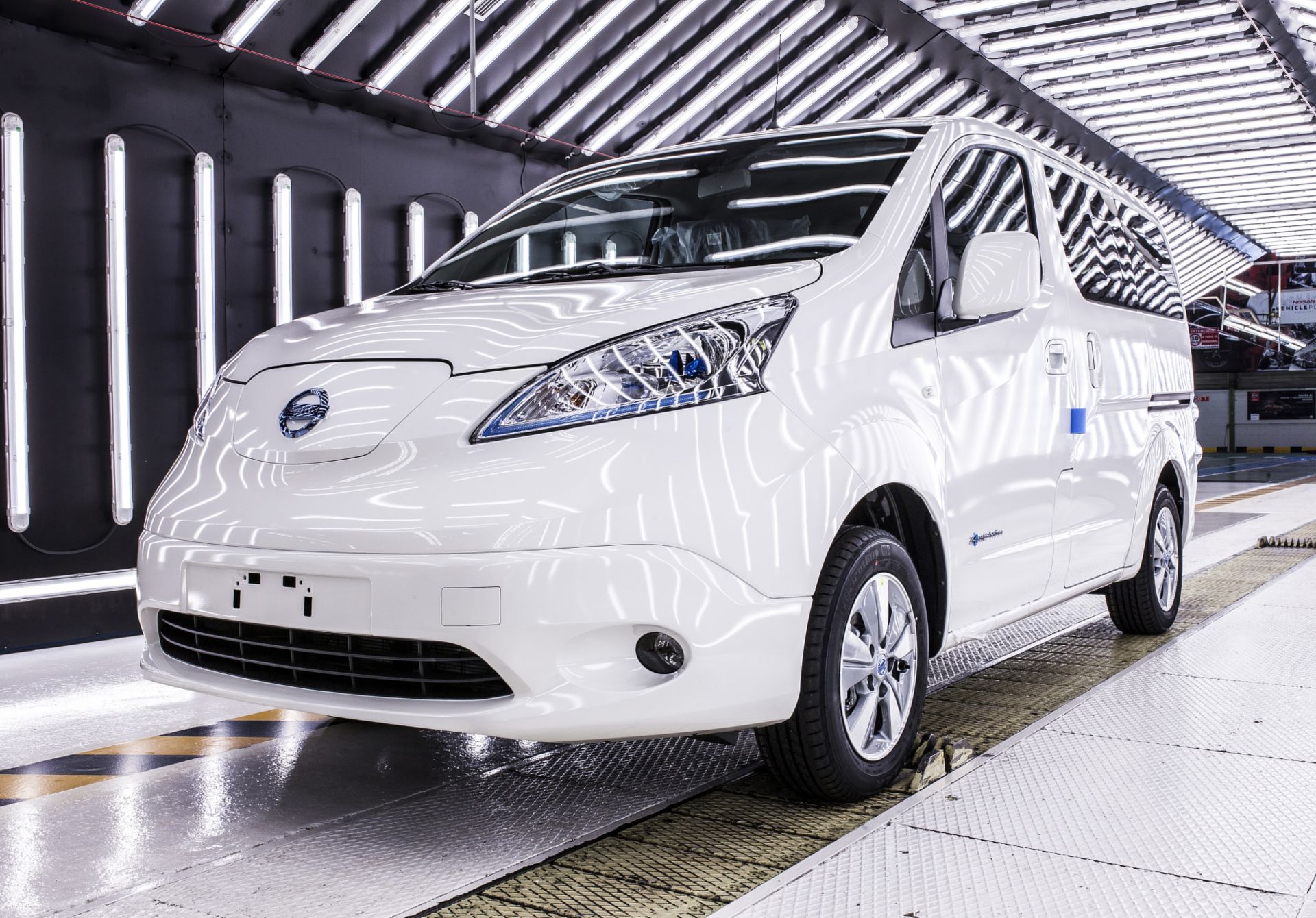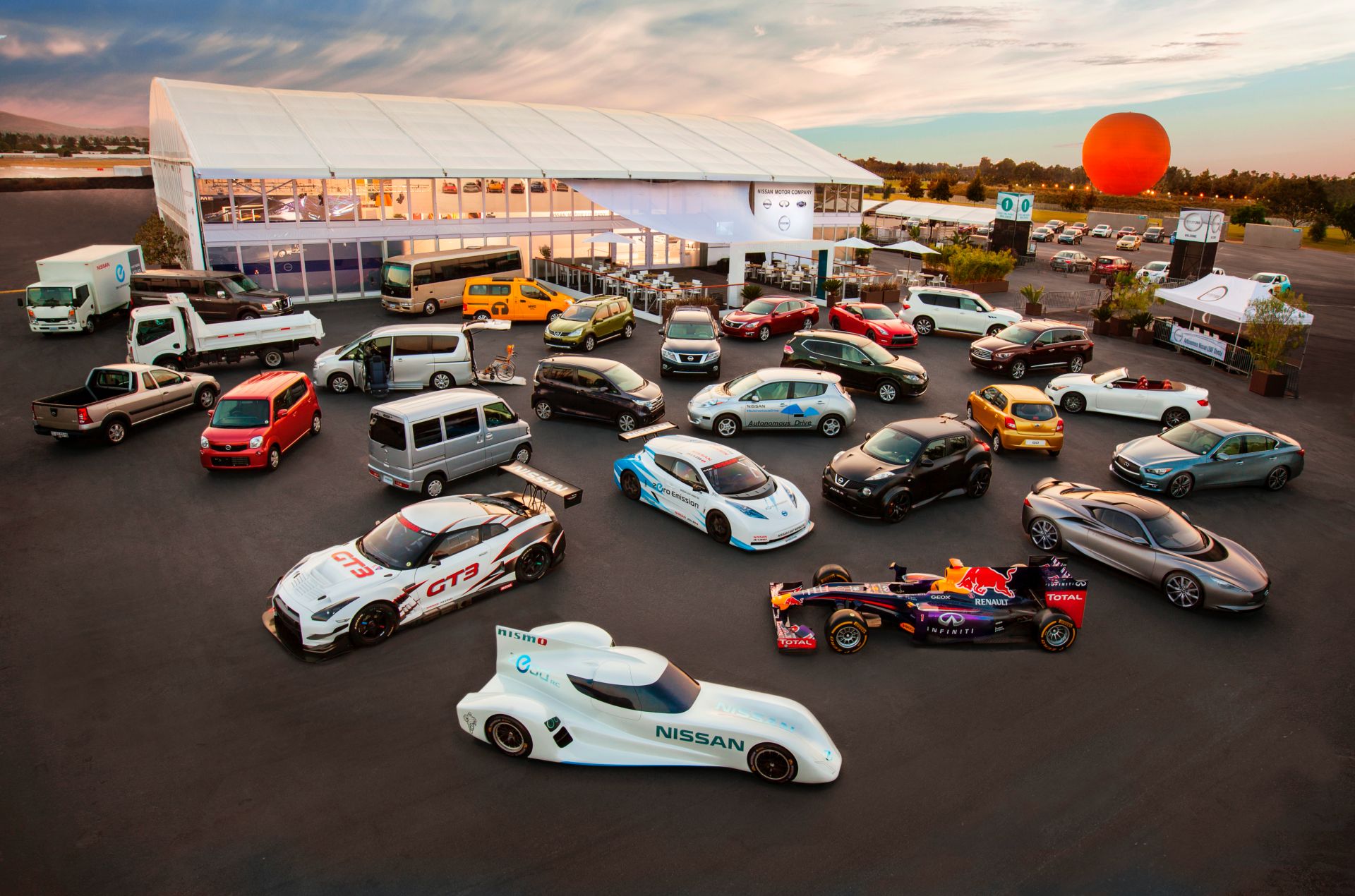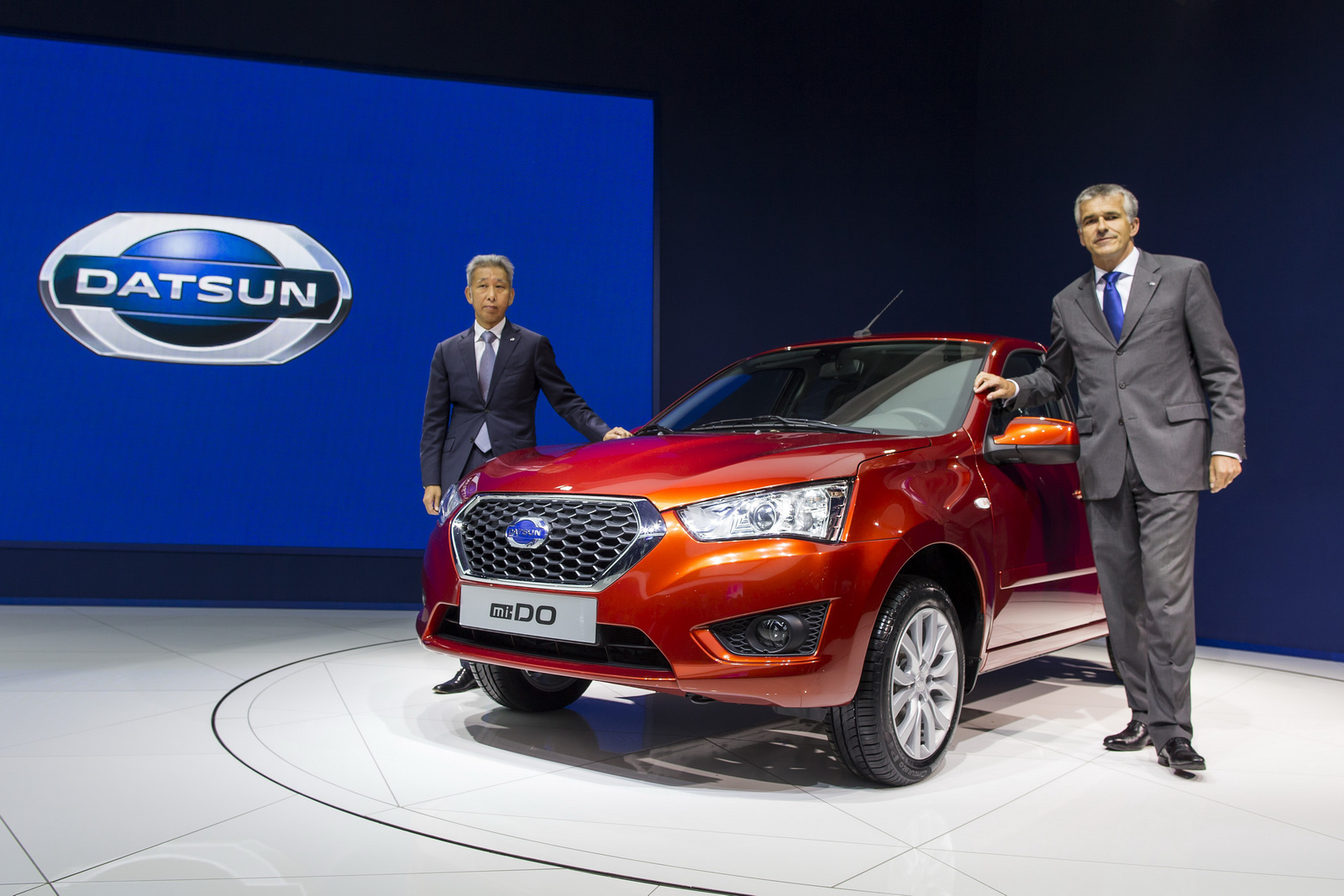
Nissan has unveiled the all-new Qashqai, the third generation of Europe’s best-selling crossover, which now introduces new electrified powertrains and a new styling direction for the Japanese carmaker.
Nissan’s latest crossover model comes with a more muscular and sharp exterior design, featuring a bigger V-Motion front grille, as well as slim LED matrix headlamps with new ‘boomerang’ daylight running lights.
Read More: Nissan Is Testing A New Patrol Nismo In The Middle East
[embedded content]
The athletic stance of the new Qashqai is amplified by the strong shoulder line that runs across the length of the vehicle while for the first time in the model’s history, Nissan will offer the option of 20-inch alloy wheels.
The new Nissan Qashqai is slightly bigger than the model it replaces, being longer by 35 mm, wider by 32 mm, taller by 25 mm, while the wheelbase is extended by 20mm. Customers will get to choose between 11 colors, and five two-tone combinations, for a total of 16 variations to choose from.
High-quality materials and all the latest connectivity features
One of the biggest upgrades can be found inside, with the new Nissan Qashqai aiming to set a new segment standard for “premium feel, distinctive design, and enhance usability”. Nissan is proud of its high-quality switchgear and tactile-feel buttons but they’ve also upgraded the onboard technology as well.
The instrument cluster is now a high-definition digital unit, measuring 12.3 inches in diameter and offering a choice of configurable layouts, displaying information from the navigation, infotainment, and more, all controlled via a new tactile switch on the steering wheel. In addition, there’s a new 10.8-inch heads-up display, which is the biggest in the segment.
The new infotainment system runs through a high-definition 9-inch touchscreen display, featuring NissanConnect services, Android Auto, and wireless Apple CarPlay. In-car WiFi for up to seven devices is also present, as well as front and rear USB ports for charging devices.
A more practical cabin designed for families
The bigger footprint of the new Nissan Qashqai, which is Nissan’s first model in Europe to use the Alliance’s CMF-C platform, is accompanied by big practicality gains; the luggage space is now 50 lt bigger than before, thanks to the lower by 20mm cargo floor, a direct consequence of the rear suspension’s improved packaging. The rear doors now open to 90 degrees, allowing easier access for babies and toddlers in child seats.
Nissan has already announced that the new Qashqai will be available with an all-electrified engine range, which includes two mild-hybrid petrol engines, as well as the company’s innovative e-Power self-charging full-hybrid powertrain.
[embedded content]
Hybrid-only engine range includes innovative e-Power unit
The range of the 2021 Nissan Qashqai kicks off with the mild-hybrid 1.3-liter DiG-T turbocharged four-cylinder unit. The mild-hybrid powertrain is available with two power outputs -138 HP and 156 HP – and paired to either a six-speed manual or an Xtronic CVT transmission. An all-wheel-drive option is available but only in conjunction with the 156 HP engine and the CVT transmission.
The new e-Power hybrid powertrain is different from other self-charging hybrid powertrains in the market as it uses the ICE engine as a generator of electricity only and isn’t connected to the driven wheels; the system combines a 154 HP 1.5-liter variable-compression petrol engine with a 187 HP electric motor, a power generator, and an inverter, with the final power output rated at 187 HP.
The result is a crossover with EV-like driving characteristics, as the electric motor is the one that powers exclusively the wheels. Nissan’s e-Power system fires up the internal combustion engine when necessary, always running it in its optimal range for “superior fuel efficiency and lower CO2 emissions”.
In addition, the pure electric drive of the e-Power variant offers instant responses with a “high-torque feel”, and better acceleration than its traditional hybrid rivals while keeping the engine at a lower RPM. Nissan’s e-Pedal feature is also present, allowing the Qashqai e-Power to be driven with just the throttle pedal, like the Leaf EV.
The all-new Nissan Qashqai also features the latest version of the carmaker’s ProPilot driver assistance feature; the system, now called ProPILOT with Navi-link, is available only on Xtronic-equipped models and can accelerate the vehicle to cruise at a set speed, and can brake the vehicle down to 0 in heavy stop-start traffic. If the vehicle has been stationary for less than three seconds, and the traffic in front of the car moves away, the system is able to resume automatically.
The updated ProPilot system can now communicate with the Qashqai’s blind-spot radars to help intervene with a steering input correction, read road signs and use data from the navigation system to adjust the vehicle’s speed accordingly.







